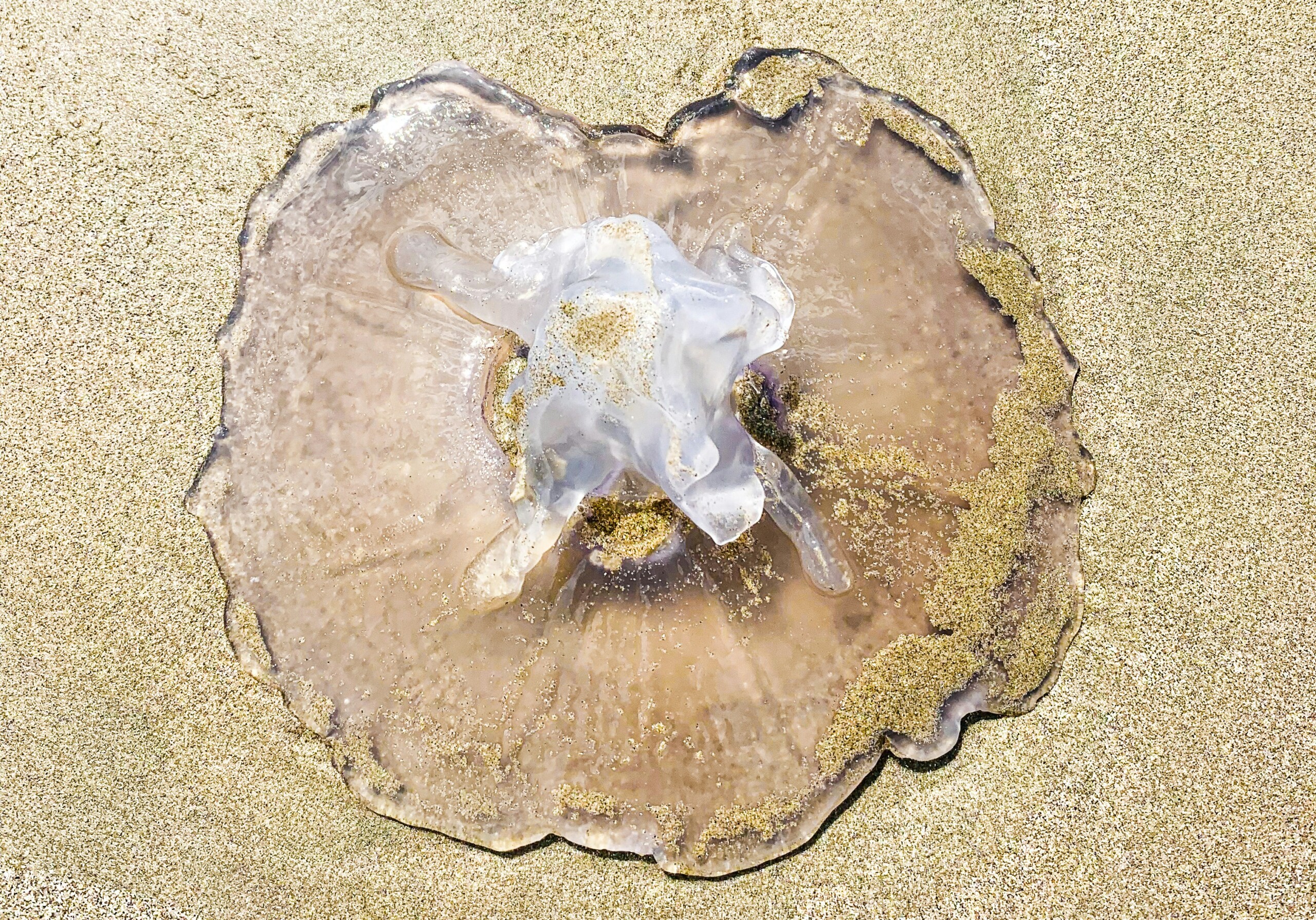At San Diego Surf School, our top priority is ensuring that you have a safe and enjoyable time in the water. While surfing in the beautiful waters of San Diego, it’s essential to be aware of potential hazards, including jellyfish. These fascinating creatures can deliver painful stings, so knowing how to avoid them and what to do if you get stung is crucial. In this blog post, we’ll provide you with important tips on jellyfish safety to help you make the most of your surf lessons.
Understanding Jellyfish in San Diego
Jellyfish are common in the coastal waters of San Diego, especially during the warmer months. These gelatinous marine animals have long tentacles equipped with specialized cells called nematocysts, which contain venom. When a jellyfish tentacle comes into contact with skin, it can cause a sting that ranges from mild irritation to severe pain, depending on the species and the individual’s sensitivity.
How to Avoid Jellyfish Stings
- Stay Informed:
- Before heading out for your surf lessons, check local beach reports for any jellyfish warnings. Lifeguards often post advisories if there are increased jellyfish sightings.
- Wear Protective Gear:
- Consider wearing a wetsuit, which provides a physical barrier against jellyfish stings. Rash guards and other protective clothing can also help reduce the risk of stings.
- Be Cautious in the Water:
- While surfing, stay alert and watch for jellyfish in the water. Avoid swimming in areas where jellyfish are visible.
- When wading into the water, shuffle your feet in the sand to alert any jellyfish of your presence, encouraging them to swim away.
- Avoid Peak Jellyfish Season:
- Jellyfish populations tend to be higher during certain times of the year. Research and avoid these peak seasons if possible.
What to Do If You Get Stung
Despite taking precautions, jellyfish stings can still happen. Here’s what to do if you get stung:
- Get Out of the Water:
- Exit the water calmly and carefully to prevent further stings and to avoid alarming others.
- Rinse with Vinegar:
- Rinse the affected area with vinegar to neutralize the venom. Vinegar helps prevent the nematocysts from releasing more venom. If vinegar is not available, use saltwater. Avoid using fresh water, as it can cause nematocysts to release more venom.
- Remove Tentacles Carefully:
- Use tweezers or the edge of a credit card to gently remove any visible tentacles from your skin. Avoid using your bare hands.
- Soak in Hot Water:
- Soak the stung area in hot water (not scalding) for 20 to 45 minutes. The heat helps to reduce pain and neutralize toxins. Ensure the water is as hot as you can tolerate without burning yourself.
- Manage Pain and Symptoms:
- Over-the-counter pain relievers like ibuprofen or acetaminophen can help manage pain. Applying hydrocortisone cream or taking an antihistamine may also alleviate itching and swelling.
- Seek Medical Attention:
- If the sting is severe, if you experience difficulty breathing, chest pain, or if the affected area shows signs of infection (increased redness, swelling, or pus), seek medical attention immediately.
While jellyfish stings can be a concern, understanding how to avoid them and what to do if you get stung can help ensure a safe and enjoyable surfing experience. At San Diego Surf School, we are committed to providing a secure environment for all our students. By following these safety tips and relying on our expert guidance, you can focus on enjoying your time in the water and improving your surfing skills.











